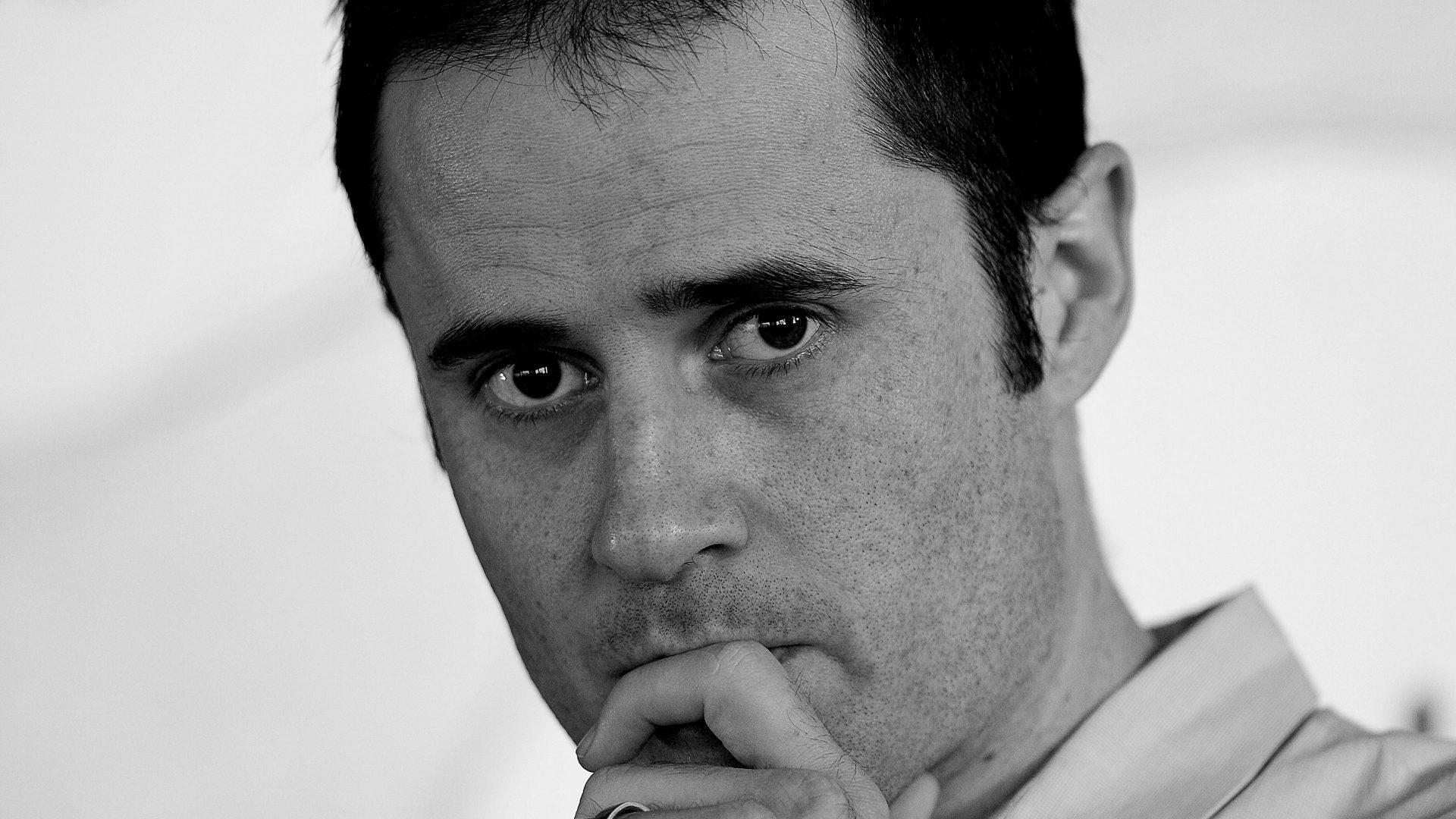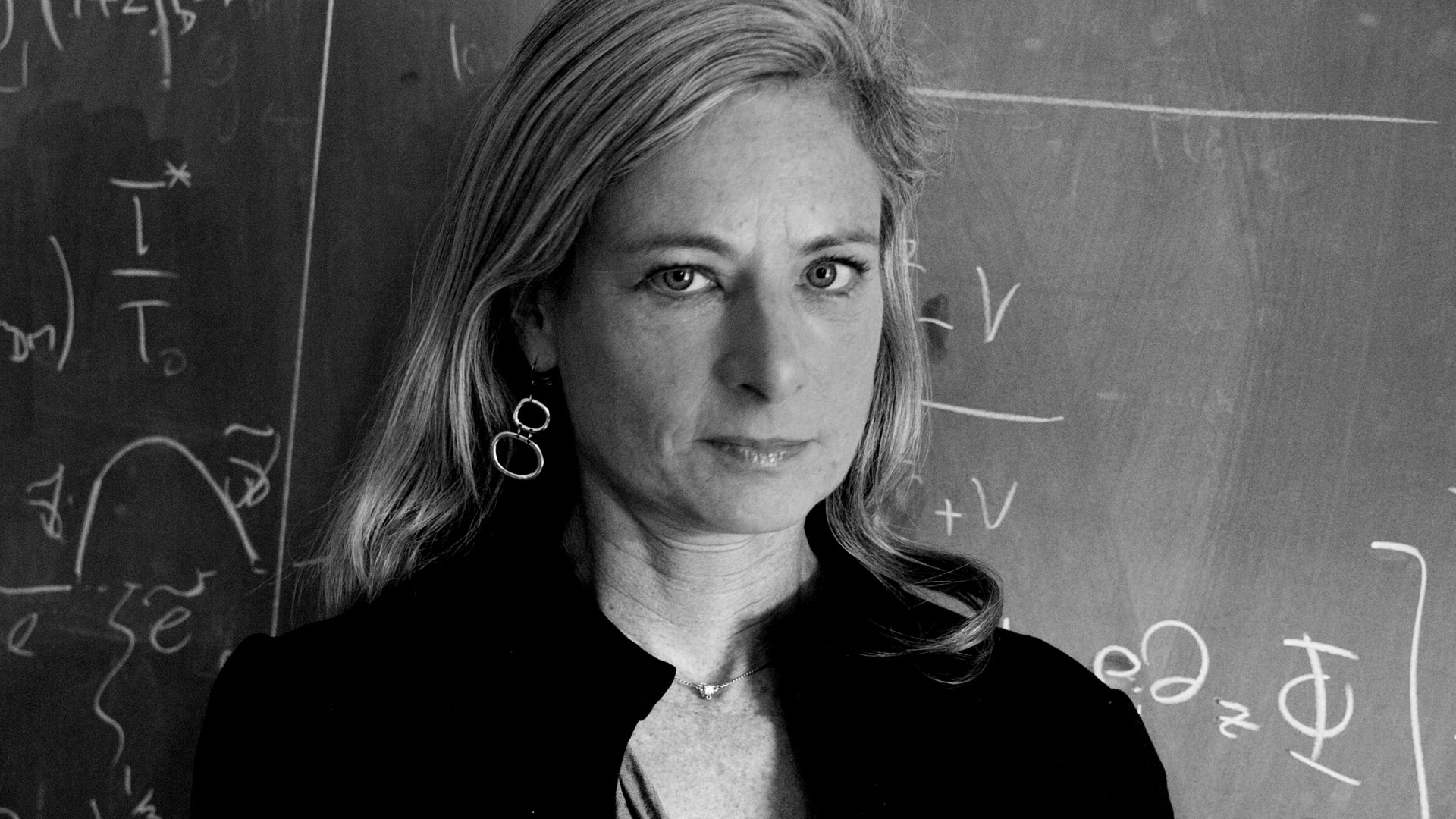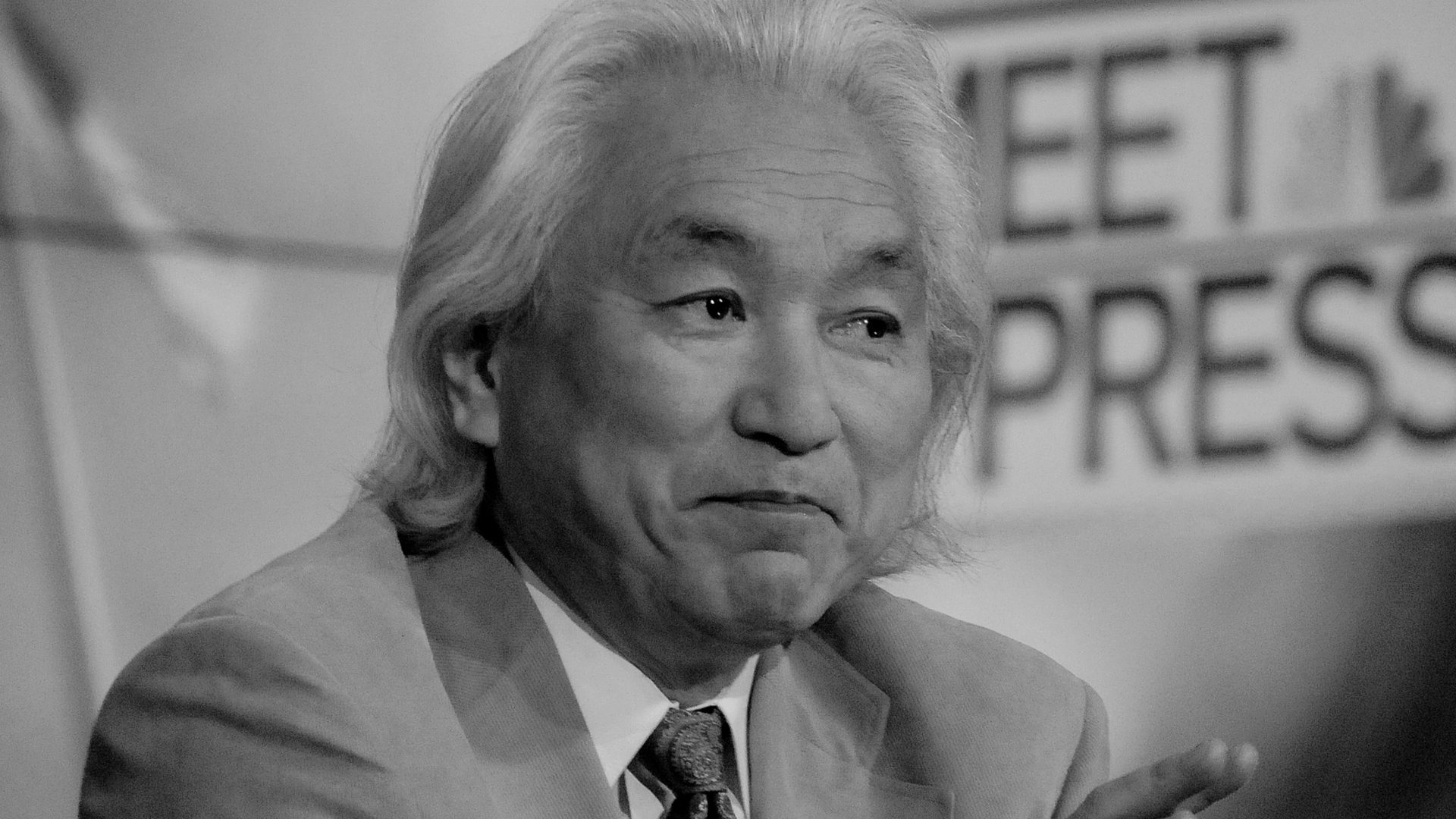I’m walking through my house and see some dusty computer programming books on the shelf. I feel a bit of nostalgia remembering when I was learning how to code and excited about the future of the internet. I look around and notice an even dustier piano. With some effort, I can still map notes on a sheet to my fingers on the keys.
I walk farther, from room to seemingly endless room. Some are well lived in and some barely touched. Objects are piled high on shelves and tables. The walls are covered with images collected from around the world.
The place I am describing is not where I live physically. It’s where my mind resides – in a construction of its own. In this house is the whole world, as I understand it – which is to say this house is an abstraction of a very small part of the world. I’ve been constructing it for more than five decades. The first few years, I was doing unconscious, but important, work on the foundation – mapping sensations to the physical world, learning to predict how a ball would fly and if someone was upset when they walked into the room.
At first, I built my house in the style in which my family and neighbours built theirs. My experiences and proclivities made it unique, but it generally fit the same patterns as those around me.
Where I grew up in rural Nebraska, there wasn’t a lot of variety of styles, ideas, occupations, backgrounds – simply because there weren’t a lot of people. I had the same 12 to 14 white kids in my class from pre-school through high school. Like any community, we reinforced each other’s ideas and assumptions about the outside world (which we had very little experience with). And from what I recall, those assumptions were not very positive.
By the time I was in junior high, I desperately sought difference. I started dressing weirdly, listening to music none of my friends had heard of, pursuing new hobbies.
Around this time, an older cousin from Kansas City (ie the Big City) saw my struggle and assured me there was a bigger world out there. He gave me a copy of Jonathan Livingston Seagull by Richard Bach. The book tells the story of a seagull who is bored with the conformity and limited interests of his flock. He pushes himself to learn everything he can about flying. His increasing unwillingness to conform finally results in his expulsion from the flock. He continues to pursue knowledge and eventually finds a “higher plane of existence”.
I realised that, although I had no interest in the books assigned to me at school (perhaps because everyone else was reading them), reading provided a path to expand my view of the world. I was physically limited, but mentally free. Through the magic of the written word, I discovered perspectives, people and ideas that excited me and helped me construct a bigger (and dramatically different from my schoolmates’) picture of the world.
Each of us constructs our model of reality via the experiences, relationships and knowledge we encounter in our random walks through the world. Early in life, you’re eager to add on – to collect concepts and ideas and perspectives. It’s empowering to add tools to your tool chest, even if indiscriminately.
After a while, though, it becomes more difficult to make changes and additions. You grow accustomed to the stuff you have and sensitive to your internal design. If your house is in a particular style, some additions just don’t fit. You don’t want to put that modern sofa in your old Victorian.
We can’t help but prefer ideas that fit with the ones we already have – otherwise, our mental space would feel chaotic. We may occasionally update outdated views like old curtains, especially when we realise our neighbours have changed theirs. But rarely do we go through the hassle of a full-scale remodel to make a new idea or piece of knowledge fit. The process is very uncomfortable and disorienting, especially as we get older. Besides, what’s the benefit? You can be perfectly content in your Victorian, feeling secure that you’ve made the right choice via the reinforcement of other Victorian lovers in the neighbourhood, all of whom agree that contemporary design is far too cold and people who like midcentury modern are hipsters.
The job of our brain is not to reconstruct reality – it’s to provide a place that’s functional and comfortable for us to exist in, regardless of the truth in the outside world.
I went to, but dropped out of, college early on. It was a bigger world, but still too much conformity for me. By reading, I learned about business and taught myself programming. When I read about the internet in the early ’90s, it sounded like the greatest invention ever. It promised to open infinite doors to new ideas and knowledge.
I still feel that way. For example, in the next few seconds, instead of reading this, you could be reading the history of ancient Egypt, watching a video on lemurs or learning to build a mobile app – all for free. All of this gives us the chance to have an expanded view of the world. If we don’t like the styles of our neighbours, we have infinite other possibilities to emulate.
The internet is not only a tool to expand our mental models, it’s also an extension of our brains. Facts, calculations and how to get from here to there are so readily available, we don’t bother expending mental energy on them – like the CDs that used to be on our shelves, we just ask for them when we need them.
We’ve become accustomed to this superpower. But we’ve also become aware of the downside. In his book Fantasyland: How America Went Haywire: A 500-Year History, the writer Kurt Andersen says: “Before the Internet, crackpots were mostly isolated and surely had a harder time remaining convinced of their alternate realities. Now their devoutly believed opinions are all over the airwaves and the web, just like actual news. Now all the fantasies look real.”
Access to infinite ideas means access to lots of bad ideas – not only those that don’t reflect reality, but those that cast our neighbours as enemies and cause real-world harm. Because of our desire for comfort – to add to our brains only the things that match what we’ve already built – it’s very tempting to cocoon inside our own mental bunkers, selectively collecting evidence to prove that the picture of the world we’ve constructed is as accurate as can be.
We are all prone to this. But if we step back, it’s easy to recognise that our mental models are woefully incomplete – and frequently wrong.
I’m pretty proud of the world I’ve built in my mind over the past few decades. I’ve made a lot of additions and upgrades. Still, the things I’m not even aware of vastly outweigh those I understand. And even among the concepts I can grasp, I overgeneralise and construct metaphors (like the one I’m using now) that make thinking easier, but distort reality. In addition, there are errors and outright fabrications in my model. I’ll hopefully discover some of them by happenstance or exploration. Others I’ll live with for ever.
You have your own model, of course, and it’s certainly different from mine. That’s a good thing, as mine wouldn’t work for you. If I could visit, I’m sure I’d appreciate what you’ve done with your place and find a few ideas I’d like to take home. However – and I hate to break it to you – your model is also not an accurate picture of reality. Like mine, it’s missing information and has many flaws, just in different places.
These three facts – that we all operate within different models of reality, that this is a good thing and that these realities are all inaccurate – are usually not controversial, but they’re all too easy to forget. We rarely act as if they’re true. If we did, we’d find a lot more humility, a lot more openness and a lot less blame.
Here’s the good news: no matter our age, we can still reconstruct our mental abode. We have access to knowledge and ideas and other people that our ancestors couldn’t fathom. And we are our own architects and interior designers. We can choose to upgrade our perspectives, welcome new ideas and clear out the mental objects that are no longer bringing us joy.
It’s not always easy. But it’s the only home we have.
Ev Williams is a co-founder of Twitter, and the founder of Blogger and Medium © The New York Times Company and Ev Williams



